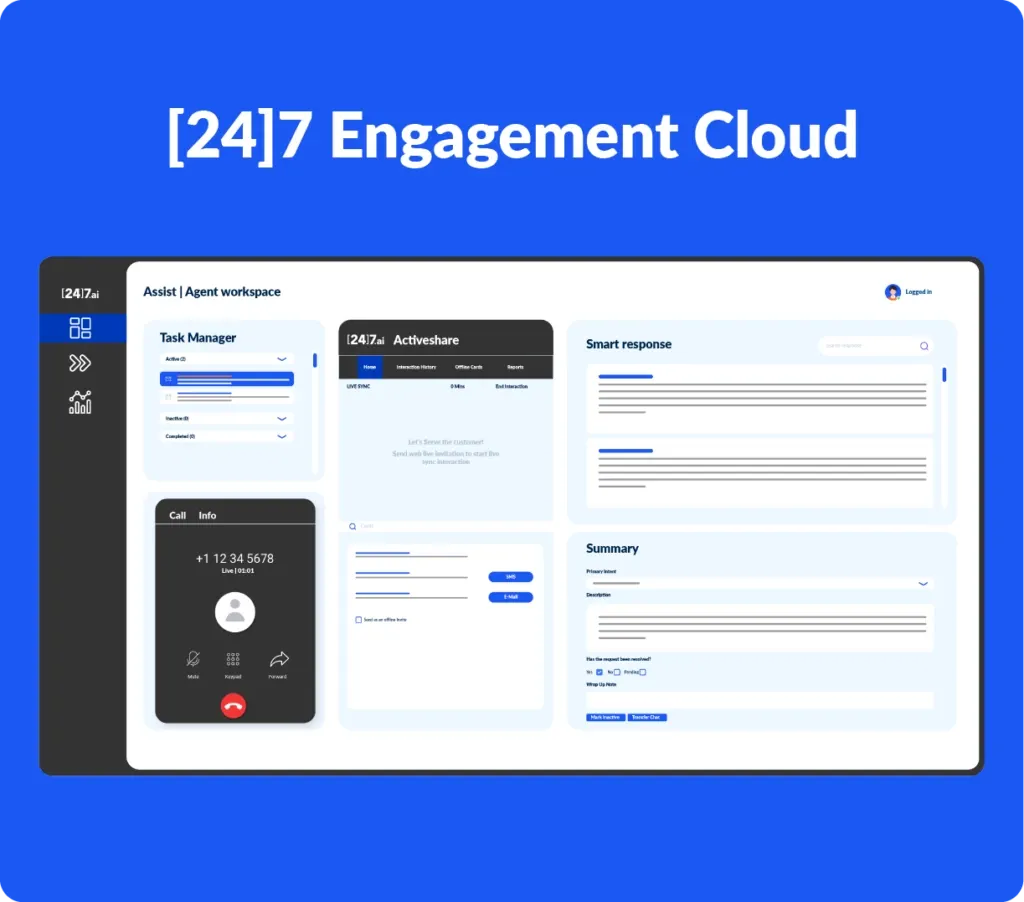In the grand game of business, whether we’re selling rocket ships or rubber ducks, the real game is winning over customers and keeping them close. Loyal customers don’t just buy; they splurge, they jump on your next big thing without blinking, they bring others into the fold, and they are also likely to be forgiving in the long term. The million-dollar question: how do you turn a casual customer into a raving superfan?
Meet the Customers Where They Are
Customers adeptly calibrate their expectations to the evolving tech landscape. But deep down, their core expectations remain grounded in timeless principles of frictionless journeys. In our current landscape, this translates into several key features that we should focus on.
- Proactive communication: Be the customer service who swoops in before trouble even shows up. Say a customer’s about to hit their credit limit. Don’t just watch the next purchase get the red light. And don’t just drop a ‘Heads up!’ note in their inbox. If their history with you looks good, consider upping their credit limit. It’s like quietly saving the day before they even know there’s danger, leaving them thinking, ‘Now that’s some top-notch service!’
- Self-service: Work with your customers on their own terms, giving them personalized tools to get what they need on their own. Remove action items on their part – capture their intent without them having to run around in circles and contain the conversation in their chosen channel without the need to escalate. 81% of customers want that.
- Omnichannel experience: While customers might, businesses don’t get to play favorites with communication channels. They need to be everywhere – emails, chatbots, self-help portals, phone calls, even face-to-face. The idea is to connect all these channels so that the customer feels like they’re having one continuous conversation with your brand rather than disjointed interactions across different platforms. It’s about meeting them wherever they are, with the right information at the right time, creating a more personalized and satisfying customer experience.
Luckily, we’re have all the technology we could possibly need to give our customers the VIP treatment. We just need to apply them to solve the right problems.
Fixing the Right Problem
In the world of abundant tech solutions, it’s crucial to focus on what really needs fixing. Take, for example, hotel bookings: long waits on the phone to speak to an agent might not be the core issue. It’s worth asking, “Do customers actually need to speak with someone to book a room?” Perhaps shifting our approach and streamlining the booking process so guests can easily reserve rooms online might be a more effective solution. It’s about identifying the right problem and adapting our strategy accordingly. McKinsey’s advice for integrating AI to enhance customer experience focuses on three key areas:
- Tackle Every Opportunity, Prioritizing Upstream Solutions: Aim for solutions that prevent issues before they occur or address them early on. Simplify products and services to reduce customer queries.
- Offer Great Service Across All Channels, Emphasize Zero-Touch Self-Service: Improve digital self-service options with AI-assisted tools for efficient and satisfactory customer experiences.
- Adopt a Whole-Company Approach Implement service transformations with a comprehensive view, ensuring all parts of the company contribute to improving customer experience and operational efficiency.
No matter what your product or service is, to lead in the market, offering an outstanding customer experience is more than a strategy – it’s the key that unlocks true market leadership.







